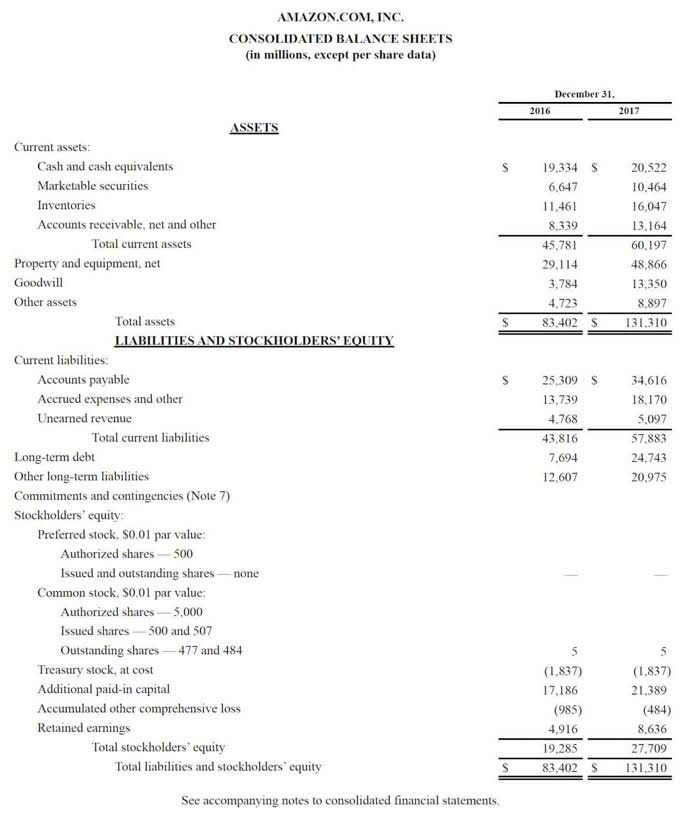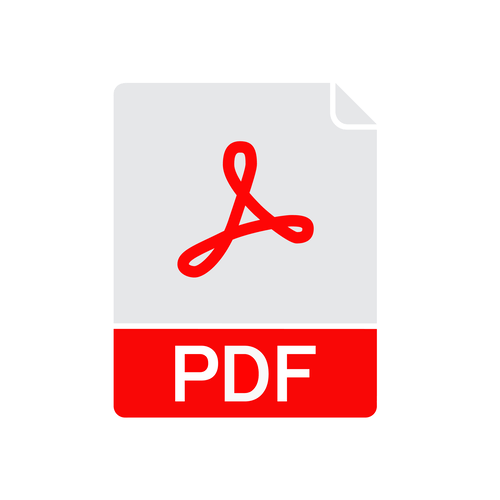
They usually plan the operating budgets first since the information from the operating budgets is needed for the financial budgets. Accounting software is designed to simplify and automate financial processes, including budgeting. It provides real-time visibility into a company’s financial data, making tracking and analyzing financial performance easier. Businesses can use accounting software to create budgets, track expenses, and generate reports, saving time and increasing accuracy.
- The Master Budget serves as a central financial plan that guides the organization’s strategic direction and operational efficiency.
- Other approaches in addition to the top-down and bottom-up approaches are a combination approach and the zero-based budgeting approach.
- The desired ending raw materials inventory purchased in quarter 4 of year 1 is carried forward as the beginning raw materials inventory for quarter 1 of year 2.
- Providing a structured approach to financial planning and control enables managers to make informed decisions, coordinate their efforts, and optimize the use of resources.
- A master budget is the central planning tool that a management team uses to direct the activities of a corporation, as well as to judge the performance of its various responsibility centers.
- The budget projects sales and revenue targets, production targets, and spending limitations for budgeted expenditures.
Brief Introduction to Budgeting in Accounting

By understanding the unique advantages and limitations of both Master and Flexible Budgets, you can make informed decisions that enhance your financial planning and control processes. An important step in the initiation of the company’s strategic plan is the creation of a budget. A good budgeting system will help a company reach its strategic goals by allowing management to plan and to control major categories of activity, such as revenue, expenses, and financing options. As detailed in Accounting as a Tool for Managers, planning involves developing future objectives, whereas controlling involves monitoring the planning objectives that have been put into place. This step will help you account for both fixed and variable costs in production, while excluding direct materials and direct labor, since each of those has its own budget.
How are budgets developed?
The cost of goods sold budget determines the estimated cost for the inventory sold during the period. Cost of goods sold is the total manufacturing costs, or product costs, incurred to make the products that were sold. Product costs include the costs for direct material, direct labor, and manufacturing overhead. A master budget consists of a projected income statement (planned operating budget) and a projected balance sheet (financial budget) showing the organization’s objectives and proposed ways of attaining them.
The Basics of Budgeting

Each department must then determine how it can allocate its expenses efficiently while still meeting the company goals. The benefit of this approach is that it ties in to the strategic plan and company goals. Another benefit of passing the amount of allowed expenses downward is that the final anticipated master budget costs are reduced by the vetting (fact checking and information gathering) process. Figure 7.2 shows the general difference between the top-down approach and the bottom-up approach. The ending finished goods inventory budget is necessary to complete the cost of goods sold budget and the balance sheet.


The budget is used to control operations during the time period covered by the budget. The budget projects sales and revenue targets, production targets, and spending limitations for budgeted expenditures. For example, the budgets establishes the amount to be spent on raw materials; direct labor; and selling, general, and administrative expenses. It is the responsibility of management to ensure that actual expenditures are within the budgetary guidelines.
- Indirect materials are raw materials that cannot be easily and economically traced to the production of the product, e.g. glue, nails, sandpaper, towels, etc.
- For example, budgets can be derived from a top-down approach or from a bottom-up approach.
- At its most fundamental level, financial planning as a whole begins with selecting a budgeting method.
- The same is true for direct labor, as management knows how many units will be manufactured and how many hours of direct labor are needed.
- A well-prepared master budget is accurate and aligns with the business’s strategic goals and values.
Quarterly updates allow businesses to adjust their budgets based on actual financial performance and changes in the market or competition. Another benefit of a master budget is that it helps businesses manage their cash flow effectively. By projecting their cash inflows and outflows, businesses can determine when they may experience cash shortages or surpluses. They can take necessary steps to manage their cash flow, such as delaying payments or arranging short-term financing. The budgeted income statement reports the organization’s profitability during a specific period.
Also add the capital expenditures budget and the cash-flow budget to arrive at a budgeted balance sheet. The cash budget will monitor the company’s cash flow and ensure it has sufficient cash to meet its obligations. The operating expenses and overhead budgets will be used to manage administrative and sales-related costs and ensure that the company operates efficiently.


